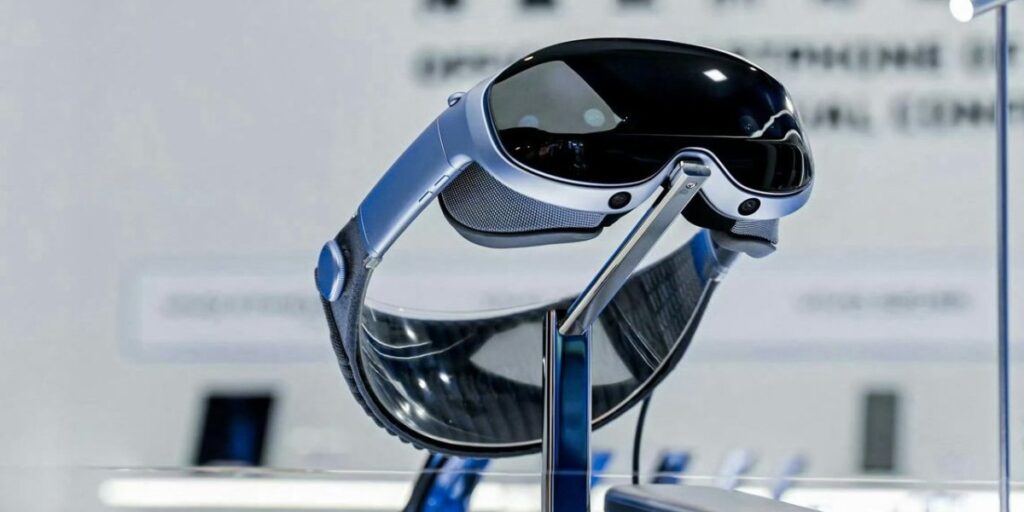
Vivo unveils its mixed reality headset that looks a lot like Apple’s
- 25.03.2025 10:36
- gizmochina.com
- Keywords: AI, Market Growth
Vivo has released a mixed reality headset called Vision, which closely resembles Apple’s design with similar features like cameras for tracking and a separate battery pack. The company also announced a new robotics lab focused on AI-driven imaging and large model learning to advance future robots.